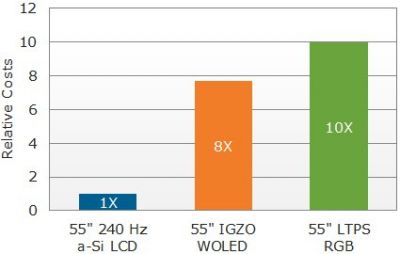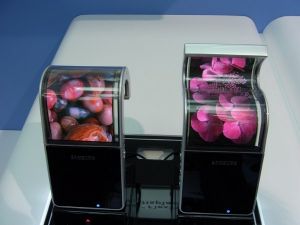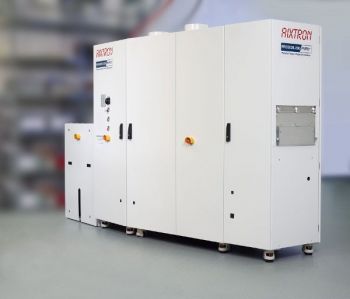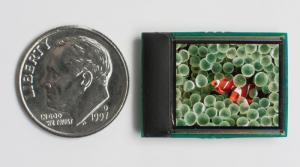DisplaySearch: OLED TVs cost 8-10 times more than LCDs to produce, but the OLED market will still grow tenfold by 2016
DisplaySearch says that the AMOLED market is expected to grow almost tenfold from 2012 (2.3 million square meters) to 2016 (22 million square meters). DisplaySearch are basing their forecast on planned investments, and they say that most of the capacity increase will be driven by OLED TV production.

While Samsung has been successful in improving yields for small OLED production (to an almost-LCD level) and thus enabling an only 30% premium over LCDs, producing large OLED panels is still very expensive - mainly due to low yields and high material costs.









